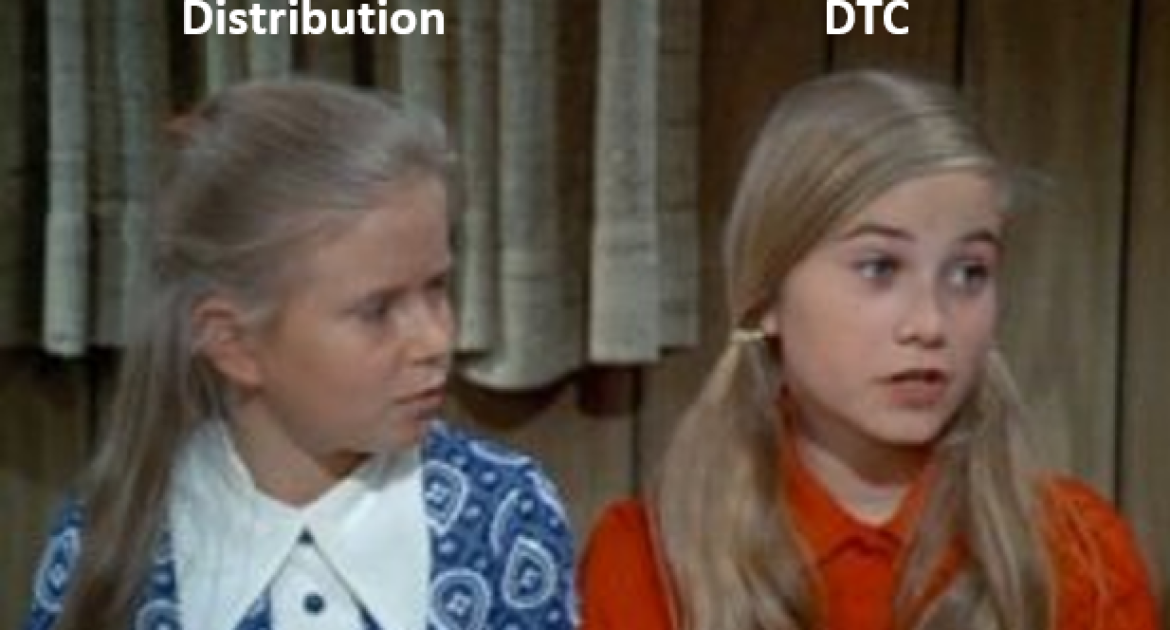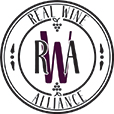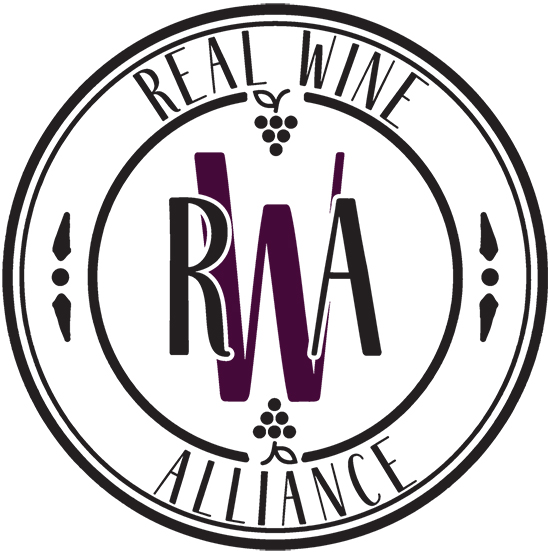
Wineries Need a Balanced Approach
Wineries Can and Should Find Balance Between DTC and Distribution
The wine world is buzzing about Direct-to-Consumer sales, and for good reason. DTC Sales have tripled over the last decade, and for most wineries, the pandemic provided the perfect opportunity to focus on improving their consumer outreach. Obviously, this is all good news especially for smaller wineries. They are building a new fan base and finding creative ways to reach consumers on a personal level all while increasing overall margin.
Great news aside, there are two important questions to consider:
1. Are DTC sales always more profitable than working through the three-tier system?
The answer: sometimes yes, and sometimes no.
In order to hit your suggested retail (SRP) on a wine, you are giving a distributor a 50-60% discount! This is a big number for sure, but ironically, sometimes after all of the DTC costs are tallied (employee salaries/benefits, tasting room costs, marketing and e-marketing costs, special boxes, wine club discounts, etc.), your “50% extra margin” isn’t necessarily what it seems. In some cases, selling through distribution can actually be comparable financially to selling direct.
2. Should wineries balance a robust DTC program with an equal focus on distribution?
Perhaps I am biased after twenty plus years in wholesale, but I wholeheartedly believe in a balanced, strategic approach to brand development that includes distribution as a key component. Just like investing, it’s usually not prudent to “have all of your eggs in one basket.” In addition, recent trends have shown that DTC is still hot but cooling as folks venture back into the outside world.
Your distributors will become your ambassadors and your best assets IF your brand is relevant and you take the time to develop a compelling go-to-market strategy.
In fact, I would argue that the easiest way to expand your influence and burst onto the national scene is by creating an enthusiastic fan base within your distribution network. Distributor reps see their accounts on a weekly basis, develop relationships and present them relevant options within their portfolios. They decide what’s important.
Social Media marketing can sometimes help enhance your distributor’s efforts, but a Facebook post cannot replace your distributor’s relationships and market expertise.

Many wineries struggle when it comes to managing distribution. Most wineries believe that once they land a distributor, their work is done. When in reality, their journey is just beginning.
Here are three helpful tips that will empower you to build a strong and enthusiastic distribution network.
1. Inspire your distributor. Don’t wear your tasting room googles.
Let’s be honest, tasting room visitors don’t need much convincing. They are at the winery, and they love every minute of the experience. Give them a few fun facts, and they are fans for life…OR at least until they fall in love with the next winery.
On the flip side, your distributor calls on accounts (restaurants and retail) that service consumers who have not drunk the Kool-Aid. In reality, most of their customers have not even heard of your brand. As a result, distributors don’t usually respond to what’s “selling in the tasting room.”
Unlike your tasting room, in distribution it’s best to pick a few stars from your portfolio and focus. Wineries that launch with 2-4 priority items stand a much better chance of succeeding and making an impact than wineries who want to focus on 2 dozen SKUs. Always remember, if everything is important, nothing is important. Put your best foot forward highlighting what you do best (and what sells), make a splash, and then build as you go.
· It is imperative that you inspire your distributor in a way that makes them WANT to sell your wine and share your story with their accounts. They are the gatekeepers to the outside world.
2. Every winery needs a strong foundation.
Distributors have hundreds (sometimes thousands) of brands. It is critical that you have a great story, and one that differentiates you from the rest. It doesn’t have to be flashy, but it needs to be authentically you.
Your story needs to be delivered in a concise, engaging format. I once had a distributor owner ask me to describe why my brand is different and exciting in 90 seconds. Not only do you need an elevator pitch, but you need it to be compelling and memorable.
Generic/Lifestyle marketing used for DTC doesn’t usually work with distributors. Know who your competitors are and how you are different from them, specifically.
3. Every winery needs to be relevant and stay relevant.
Assuming you’ve inspired the sales team, you also need to inspire the boss. You need to prove that your wine will sell. If not, you need to let them know that you will collaborate with them and make sure that the relationship is mutually beneficial. Present yourself as a part of their team.
Wines need to be priced strategically, and expectations need to be clear.
Your distributor is running a business, and while they may like you and your wine, if your brand is “a tough sell”, it becomes psychologically and financially draining.
It is imperative that you continually feed your distributor management team with tools and exciting news to help move your product. Work the market, participate in collaborative discussions, pull samples, celebrate wins, and address challenges head on.
The up side of being prepared for a sharp, strategic distribution network is that it keeps YOU sharp. Without this rigor, it would be easy to count on your tasting room and DTC and those channels rarely take care of selling all of your inventory. Distributors UP your game and your business acumen.
Keep building your DTC program, but also realize that distribution isn’t going anywhere. And…if you want to be an influential national brand, you need to make sure that “the gatekeepers” love you and have your back!
BE HUMBLE. SAY YES MORE THAN NO. BE A PARTNER.
Promoting authentic wineries and their stories throughout the Northwest and beyond.

Real Wine Alliance
Mill Creek, WA 98012425-218-8602 kathy@realwinealliance.com
Web Development by PromoLab
Photography by Richard Duval
Biography photography by Carol Hook

